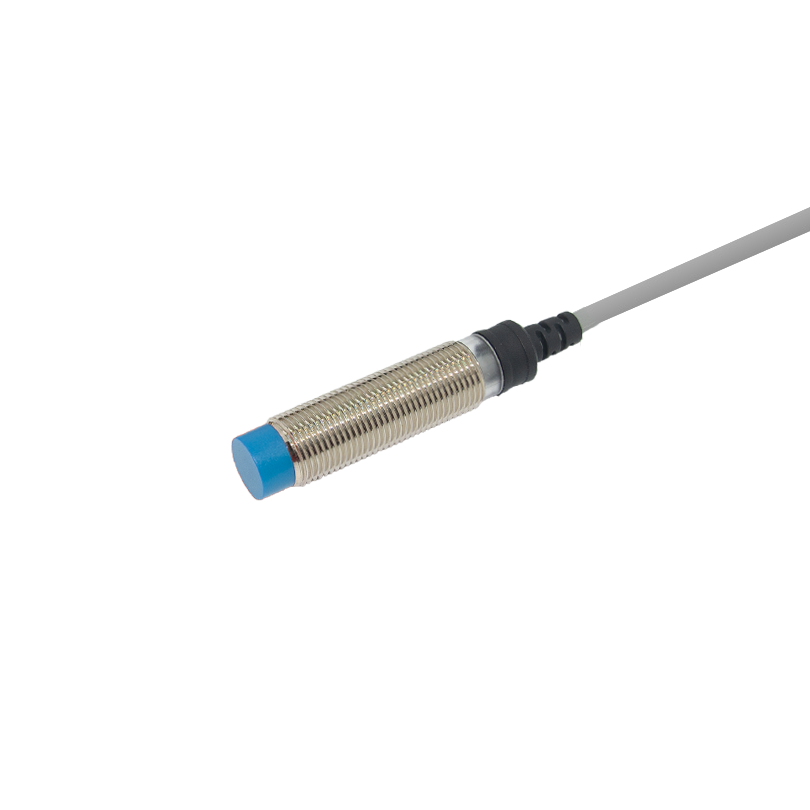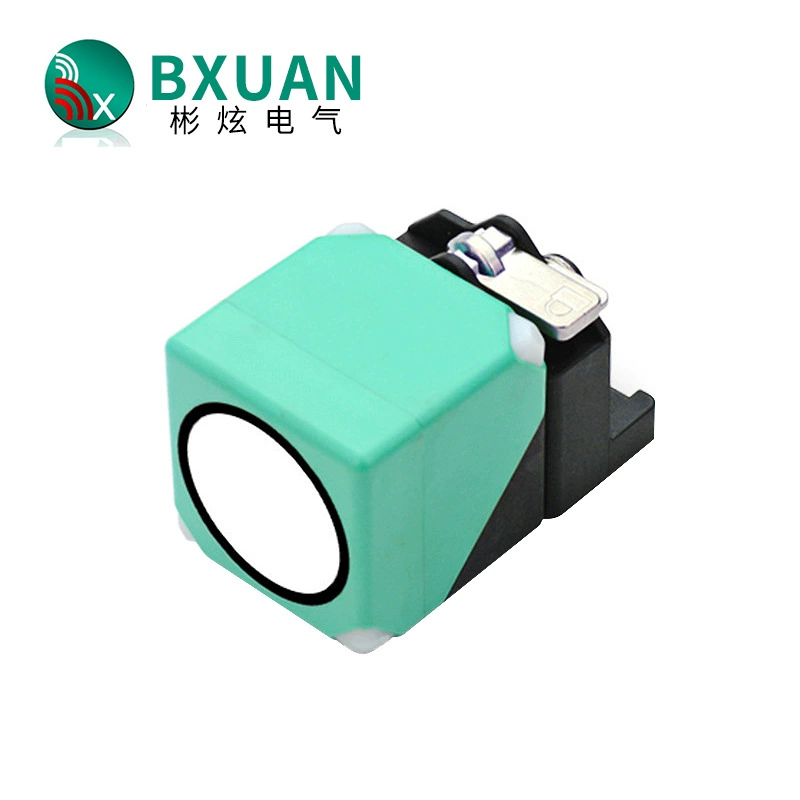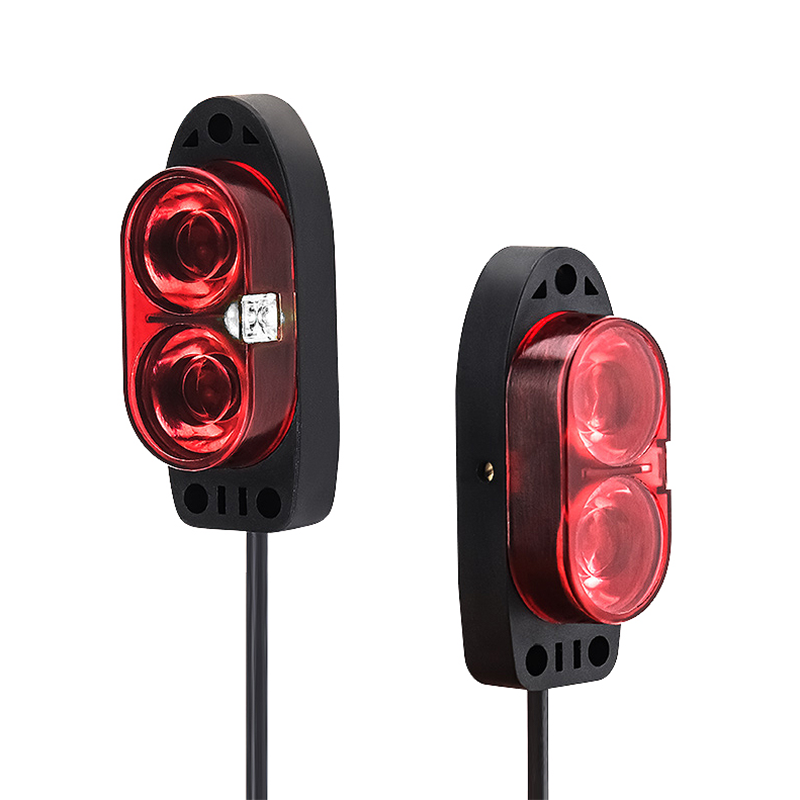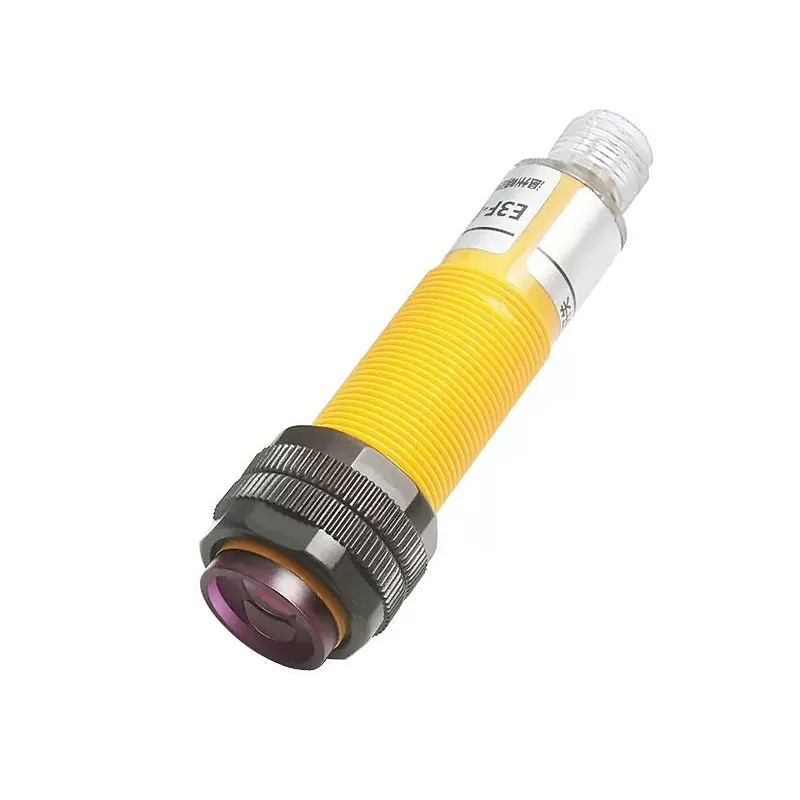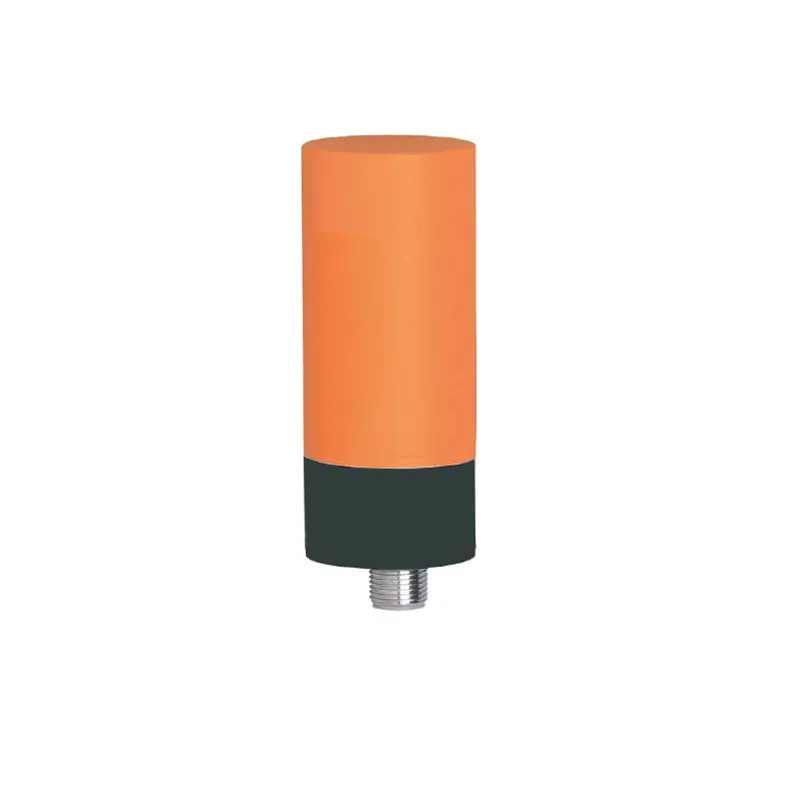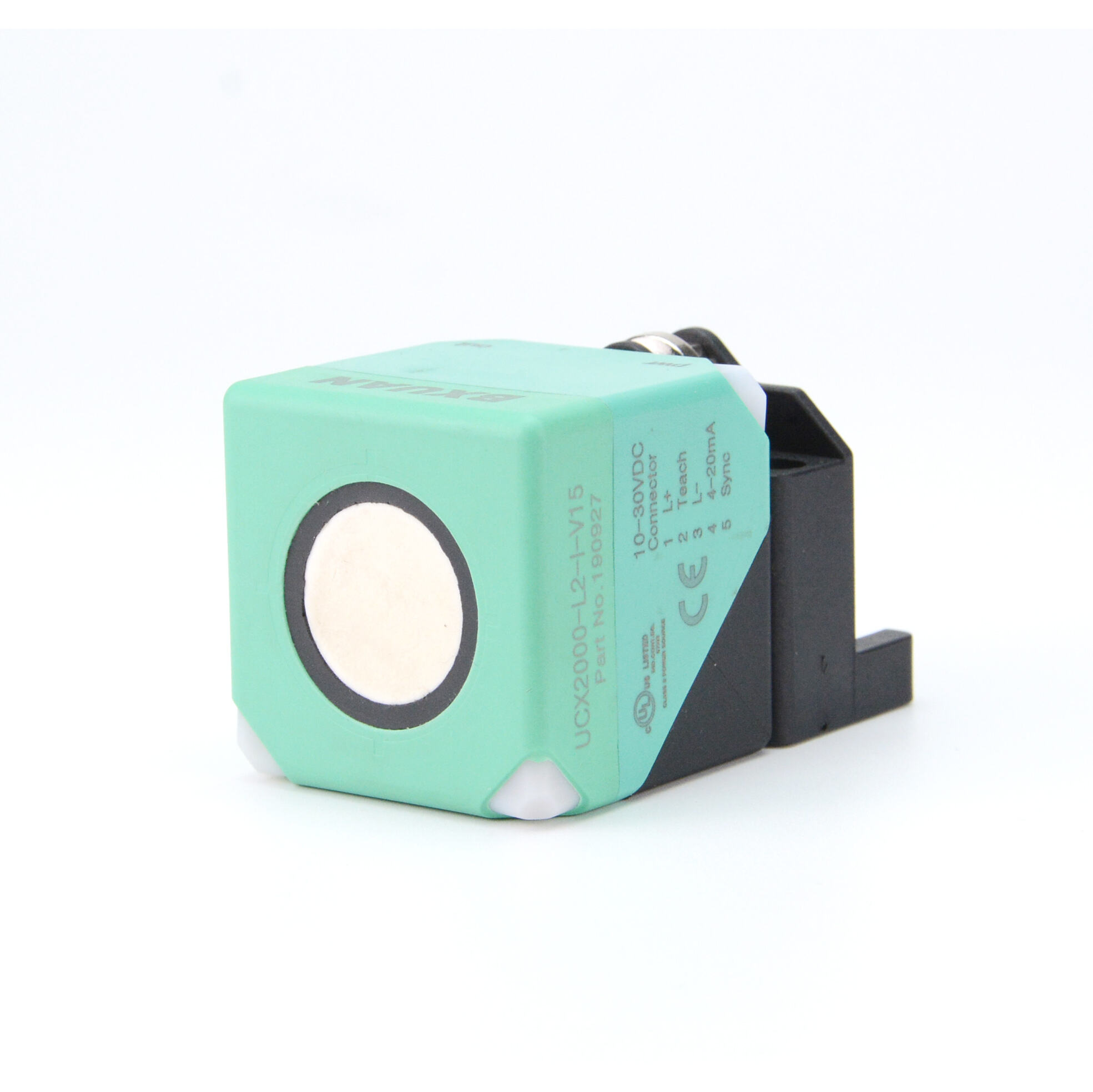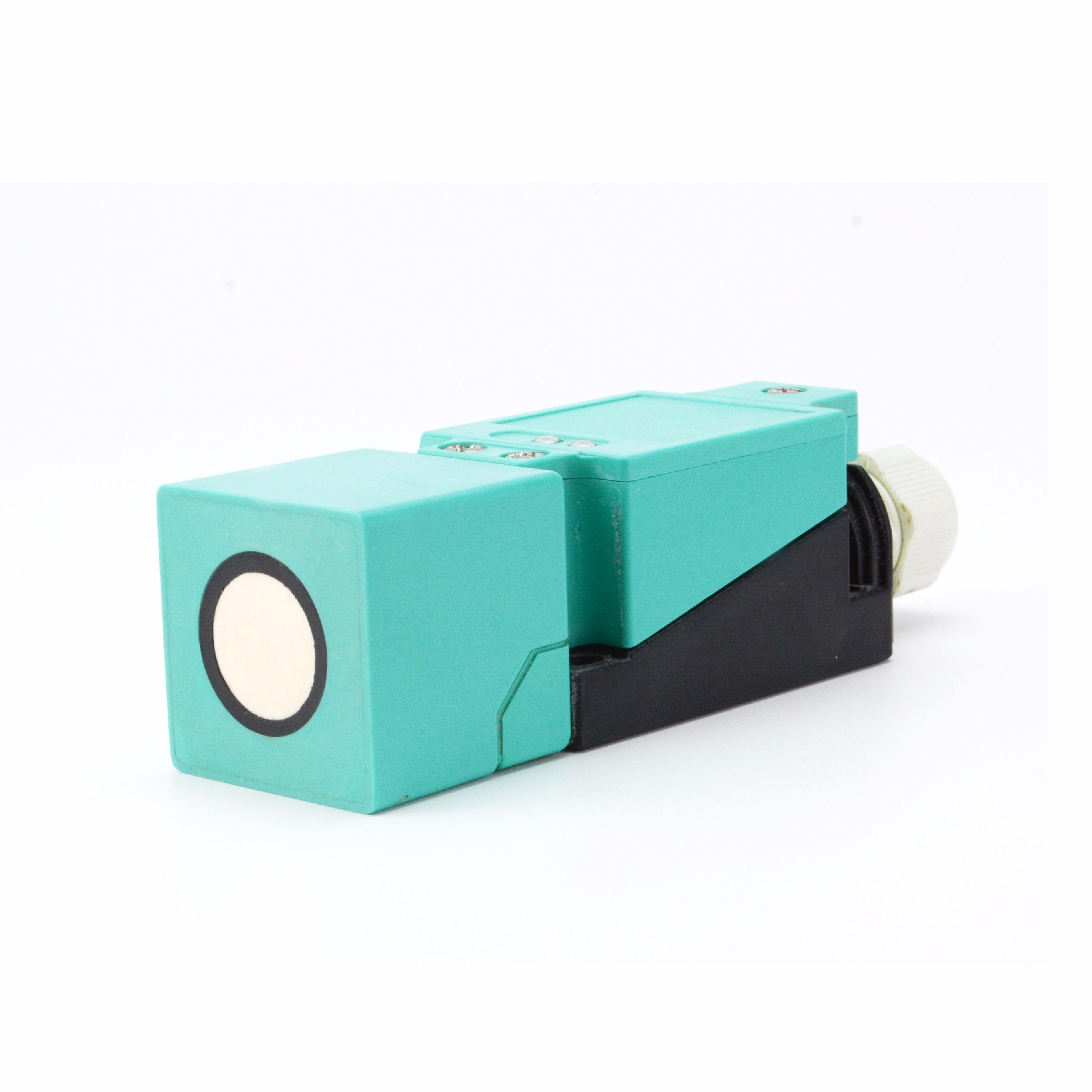ultrasonic oil level sensor
The ultrasonic oil level sensor represents a cutting-edge solution for accurate and reliable liquid level measurement in various industrial applications. This sophisticated device employs ultrasonic technology to measure oil levels by emitting high-frequency sound waves that bounce off the liquid surface and return to the sensor. The time taken for these waves to travel provides precise measurements of the oil level. The sensor consists of a transducer that both transmits and receives ultrasonic signals, sophisticated electronics for signal processing, and a robust housing designed to withstand harsh industrial environments. What sets this technology apart is its non-contact measurement capability, eliminating the need for direct contact with the oil, thus preventing contamination and reducing maintenance requirements. The sensor operates effectively across a wide range of temperatures and can accurately measure levels in tanks of various sizes and configurations. It provides real-time monitoring capabilities, enabling continuous tracking of oil levels and early detection of potential issues. The technology is particularly valuable in applications requiring precise inventory management, such as oil storage facilities, manufacturing plants, and automotive systems. Additionally, these sensors can be integrated with modern digital systems, offering remote monitoring capabilities and automated alerts when oil levels fall below predetermined thresholds.

